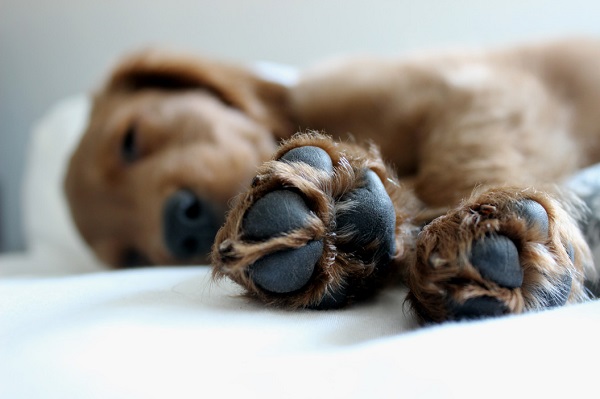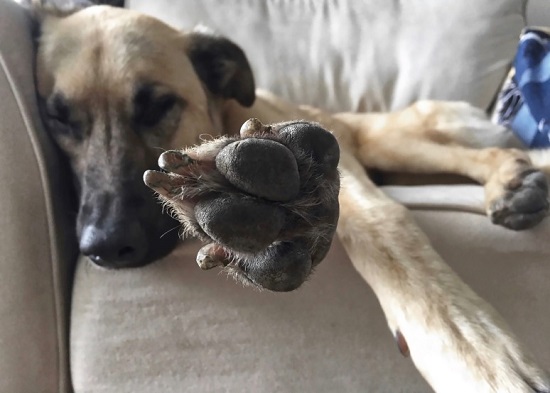Hyperkeratosis in dogs is not a life-threatening disease. The health condition can get identified easily. However, it does not mean that you can ignore it. In this situation, the nose of your dog and the skin surrounding the paw area become too hard, like a shell, gradually. It becomes so thick and hardened that it cracks and separates into pieces.
Indeed, Keratosis is painful for your canine. The area becomes infected and inflamed in this condition, and even lameness may occur. Hence, the quality of the dog’s life hampers. Unfortunately, no cure is available, so proper treatment is mandatory. Hyperkeratosis requires a continuous process to treat the health condition.
A safe and natural therapy is the solution for Keratosis disease, and you need to add this process to your daily plan as a dog’s grooming process. Don’t expect this process works in a single day, but it will help achieve a positive result in the future. There are two types of hyperkeratosis observed in dogs. One is nasal, and the other is in paws.
Nasal hyperkeratosis affects the nose and the snout, whereas the other impacts the paw area. In the case of nose hyperkeratosis, a dog’s precious sense gets hampered. The smell is the primary communication tool for the dog with its surroundings.
For their smelling ability, the nose of the dog should be wet, but the nose becomes dry and brittle due to this situation. In the case of paws, their ability to walk gets reduced, and sometimes they start to limp.
What causes hyperkeratosis in dogs’ noses?

Some dogs are genetically mutated or prone to this disease, for example, golden retrievers, Labrador retrievers, etc. It will be observed in the first year of life. There are some other causes to develop such a situation. One of the causes is canine distemper.
Sometimes, due to sand flies, hyperkeratosis develops, and treatment is available. Autoimmune deficiency can cause this issue. Zinc deposition or inability to digest can result in this condition. You can follow the underlying process, which may help you in the long term.
How do you treat hyperkeratosis in dogs naturally?
Steam
Hyperkeratosis occurs due to the presence of excess keratin in the body. Though keratin is essential to develop the layer of skin, an excess can create trouble like this. Steam is the way to soften this area. A DIY sauna bath will help your dog get relief.
Steam will evade the hardened skin of the dog and make it comparatively soft. For a DIY sauna, you can close your bathroom window and doors. Stop the exhaust fan and give your pet a hot water shower. Do it until the room gets filled with the vapor of hot steam. Then, put your dog inside the room for a sauna bath.
Socks for Dog
Hyperkeratosis in the foot can be extremely painful for your dog. They even limp due to pain. A rough or rocky surface can be the worst condition they may face. Even the temperature difference can make it worsen.
Walking on a hot summer day in the street or on ice in winter becomes a nightmare for them. Using a dog’s socks or boots can prevent the canine from such a situation though it will not reduce the hyperkeratosis. For socks, a rubber grip will help the dog from skidding.
Shea Butter
Shea butter works as a good moisturizer for this area. But, there remains a chance of licking the infected area by the dog. There are other consumer moisturizers. But it would be best to avoid consumer products. It won’t be beneficial for canine health. So, Shea butter will be a safe and effective choice for them.
Blum
Naturally made balm is another effective ingredient for this.

 DogExpress
DogExpress



















 in Chandigarh, India.
in Chandigarh, India. 
